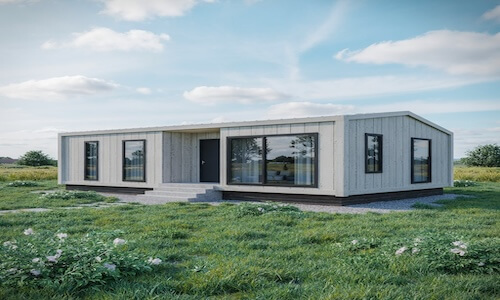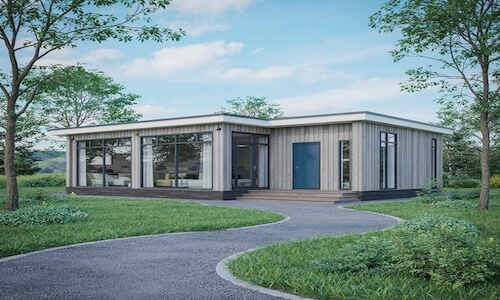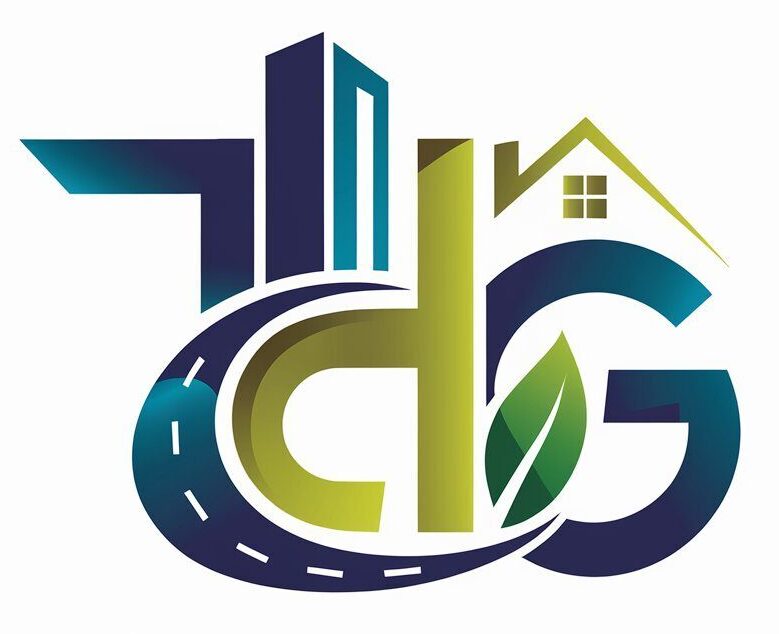Prefab Homes vs. Custom Homes
Prefab Homes vs. Custom Homes: Key Differences and Considerations
When choosing to build a new home, one of the first major decisions a homeowner must make is whether to opt for a prefabricated (prefab) home or a custom-built home. Both options have distinct advantages and drawbacks, depending on budget, design preferences, construction timeline, and long-term goals. Understanding the fundamental differences between prefab homes and custom homes can help prospective homeowners make an informed decision.

What is a Prefabricated Home?

A prefabricated home, often referred to as a prefab home, is a house that is built off-site in a controlled factory environment and then transported to its final location for assembly. Prefab homes can come in several forms, including modular homes, panelized homes, and manufactured homes.
- Modular Homes: These homes are built in sections or modules in a factory and then transported to the building site for assembly. They adhere to local and state building codes, similar to traditional site-built homes.
- Panelized Homes: These homes consist of prebuilt wall panels that are transported to the site and assembled. This allows for some customization while still reducing construction time.
- Manufactured Homes: Formerly known as mobile homes, these houses are entirely built in a factory and transported on a steel chassis. They must comply with the federal HUD code rather than local building codes.
Prefab homes have become more popular in recent years due to their affordability, efficiency, and modern designs. Many manufacturers now offer high-quality prefab homes that rival traditional custom homes in aesthetics and durability.
What is a Custom Home?

A custom home is a house that is designed and built entirely to the homeowner’s specifications. Unlike prefab homes, which are constructed using standardized processes and materials, custom homes are built on-site from the ground up. They offer complete design flexibility, allowing homeowners to personalize everything from the layout and materials to interior and exterior finishes.
Custom homes are ideal for those who want a unique living space that reflects their style and preferences. Homeowners work closely with architects and builders to bring their vision to life, ensuring every detail meets their expectations.
Key Differences Between Prefab and Custom Homes

Construction Process
- Prefab Homes: The majority of the construction occurs in a factory setting, with final assembly happening on-site. This minimizes delays caused by weather and on-site errors.
- Custom Homes: Built entirely on-site, often requiring more coordination among various contractors and trades. The process involves excavation, foundation laying, framing, electrical work, plumbing, and finishing, which can extend the timeline significantly.

Design Flexibility
- Prefab Homes: Limited design options due to pre-engineered modules and panels. However, some manufacturers offer semi-customizable features, such as floor plans, exterior finishes, and interior upgrades.
- Custom Homes: Full design freedom, allowing for unique architectural styles, floor plans, and finishes. Homeowners can choose every aspect, from the number of rooms and layout to high-end custom features.

Cost Considerations
- Prefab Homes: Generally more cost-effective due to streamlined production, bulk material purchasing, and reduced labor costs. Since these homes are built in a factory, there is minimal material waste and efficient labor use.
- Custom Homes: Typically more expensive due to the personalized design process, material choices, and higher labor costs. Customization, unique features, and premium materials contribute to higher overall costs.

Construction Timeline
- Prefab Homes: Faster construction, often completed in a few months since most work is done off-site. Some prefab homes can be move-in ready in as little as 8-12 weeks.
- Custom Homes: Longer timeline, often taking a year or more due to design complexity and on-site construction challenges. Delays due to weather, material shortages, or contractor availability are common.

Quality Control
- Prefab Homes: Built in a controlled environment, reducing the risk of weather-related delays and construction defects. Strict quality checks in factories ensure precision in construction.
- Custom Homes: Subject to site conditions and weather, which can impact construction quality and timeline. The quality of the build depends on the skill of contractors and adherence to best practices.

Resale Value
- Prefab Homes: May have a lower resale value due to perception and limited customization. However, high-quality prefab homes in desirable locations can still appreciate in value.
- Custom Homes: Often have a higher resale value, especially if built with high-end materials and desirable design features. Unique architecture and premium finishes can make a home more attractive to buyers.

Environmental Impact
- Prefab Homes: Often more sustainable due to reduced waste and energy-efficient construction methods. Many prefab manufacturers use eco-friendly materials and offer energy-efficient options like solar panels and insulated walls.
- Custom Homes: Can be designed with sustainable features but may result in more construction waste and resource consumption. The environmental impact depends on material choices and building practices.
Pros and Cons of Prefab Homes
Pros
- Lower construction costs
- Faster build time
- Energy-efficient and sustainable
- Factory-built quality control
- Less labor-intensive construction
Cons
- Limited customization options
- Potential restrictions on land use and zoning
- Perception of lower quality compared to traditional homes
- May require specialized financing
Pros and Cons of Custom Homes
Pros
- Complete design freedom
- Higher resale value
- Can be tailored to specific needs and lifestyle
- Greater control over material selection and construction quality
Cons
- Higher cost
- Longer construction timeline
- More complex planning and permitting process
- Requires more hands-on involvement from the homeowner
Choosing the Right Option

The decision between a prefab home and a custom home depends on a variety of factors, including budget, timeline, personal preferences, and long-term goals. Some key considerations include:
- Budget: If cost is a major concern, prefab homes are often the more affordable option. However, if money is no object and customization is a priority, a custom home may be the better choice.
- Timeline: Those looking for a quicker move-in option should consider prefab homes, as they can be completed much faster than custom homes.
- Design Preferences: If a homeowner has a very specific vision for their home, like a multi-generational home, a custom home is the best way to achieve that.
- Sustainability: Prefab homes tend to be more eco-friendly due to efficient manufacturing processes and reduced waste.
- Land Considerations: Some locations may have zoning restrictions that affect whether a prefab home or custom home is feasible.
